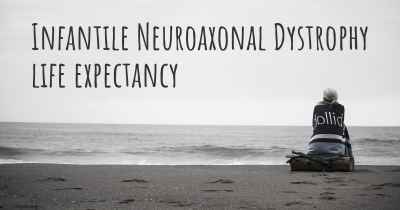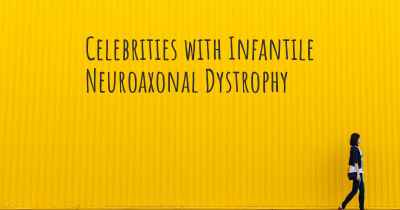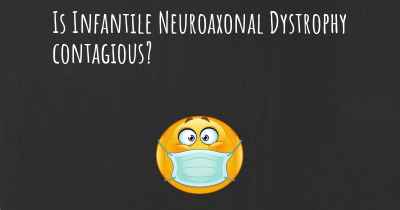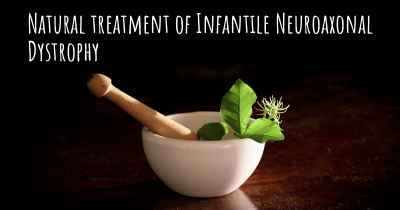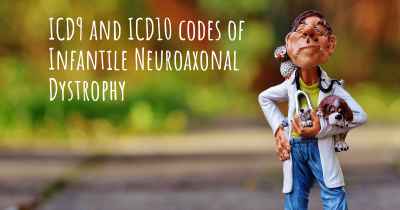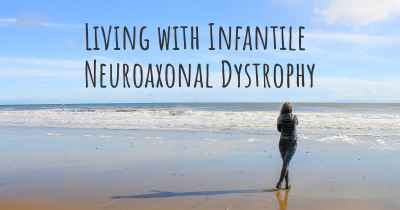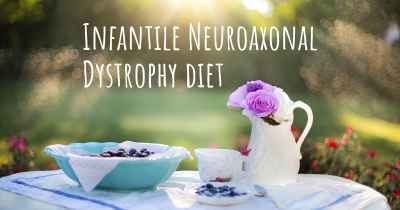Is Infantile Neuroaxonal Dystrophy hereditary?
Here you can see if Infantile Neuroaxonal Dystrophy can be hereditary. Do you have any genetic components? Does any member of your family have Infantile Neuroaxonal Dystrophy or may be more predisposed to developing the condition?
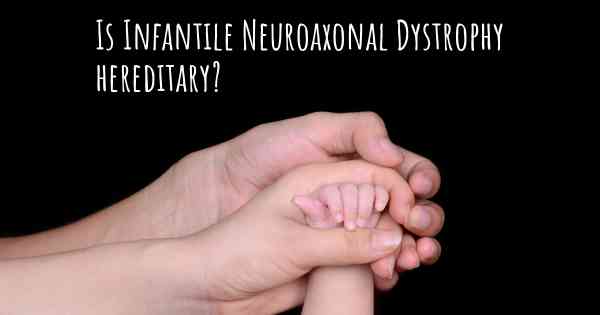
Infantile Neuroaxonal Dystrophy (INAD) is a rare genetic disorder that affects the nervous system. It is inherited in an autosomal recessive manner, meaning that both parents must carry a mutated gene for their child to develop the condition. The specific gene mutations associated with INAD have been identified. Genetic counseling and testing can help determine the risk of passing on the condition to future children.
Infantile Neuroaxonal Dystrophy (INAD) is a rare, progressive neurodegenerative disorder that primarily affects infants and young children. It is characterized by the degeneration of nerve fibers (axons) in the brain and other parts of the nervous system.
INAD is typically inherited in an autosomal recessive manner, which means that both parents must carry a copy of the mutated gene for their child to be affected. The specific gene associated with INAD is called PLA2G6. When both parents are carriers, there is a 25% chance with each pregnancy that their child will inherit two copies of the mutated gene and develop INAD.
It is important to note that being a carrier of the mutated gene does not cause any symptoms or health problems in individuals. However, if both parents are carriers, they have a 25% chance of having a child with INAD, a 50% chance of having a child who is a carrier like them, and a 25% chance of having a child who does not inherit the mutated gene.
Genetic testing can be conducted to determine if an individual is a carrier of the PLA2G6 gene mutation. If both parents are carriers, they may consider genetic counseling to understand the risks and options available to them.
While INAD is hereditary, it is important to remember that not all cases of INAD are caused by the same genetic mutation. There are other rare forms of neuroaxonal dystrophy that may have different inheritance patterns and genetic causes.
